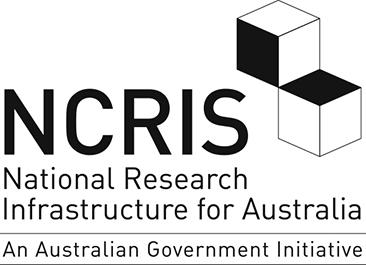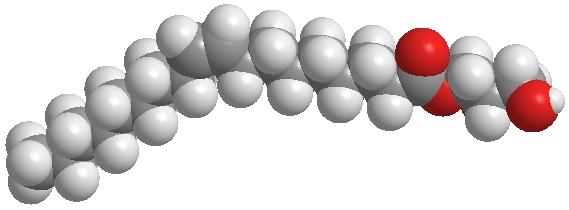
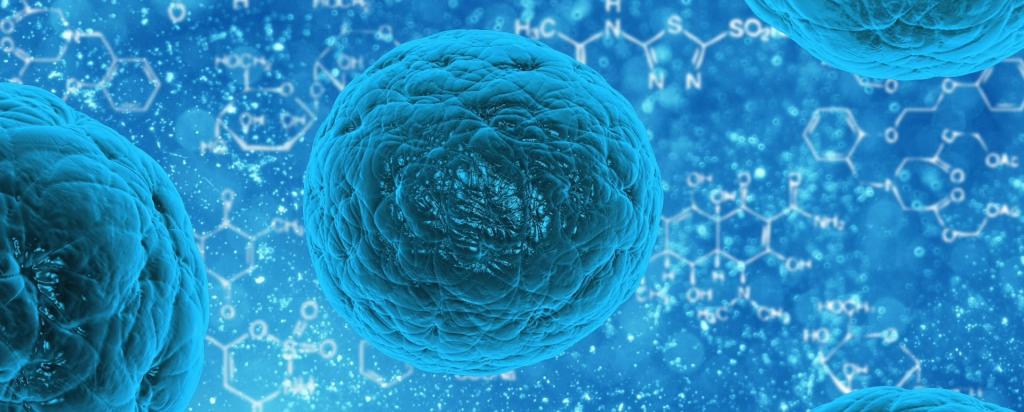
Deuterated monoolein enables research into protein structures
ANSTO's National Deuteration Facility is the world's primary source in highly deuterated monoolein, one of the most important lipids in the fields of drug delivery, emulsion stabilization and protein crystallization. The supply of this molecule has enabled multiple researchers within Australia and internationally to utilise neutrons to investigate protein structures. Demand for this molecule from the national and international community continues to grow.

A representation of the monoolein lipid
|
- Membrane proteins present an important drug target, with more than half of all pharmaceutical compounds on the market targeting certain membrane proteins.
- Studying the structures of these membrane proteins is critical for drug design, but it is difficult to maintain the same structure of the protein that it had in the membrane.
- The monoolein lipid is used to stabilise membrane proteins to allow the structure to be studied using neutron experiments.
- Deuteration of monoolein allows for contrast matching, where the neutron scattering from lipid layer itself is suppressed, so that the interactions of the neutrons directly with the protein can be measured. These measurements allow further information about the protein structure to be obtained.
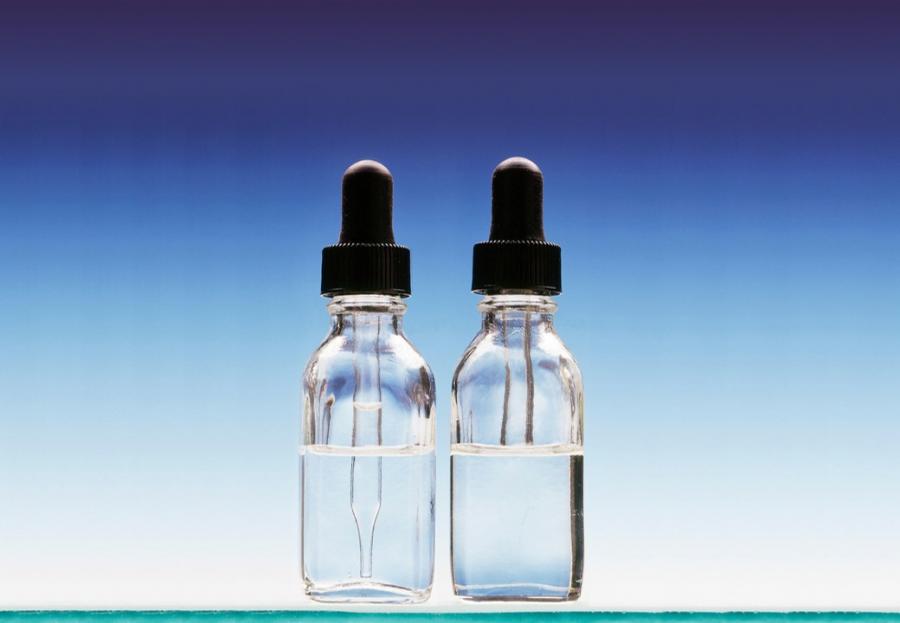
An optical example of contrast matching. Deuteration allows parts of the system to be contrast matched and either highlighted or made invisible to interactions with neutrons.
|
- Most recently, deuterated mono-olein allowed a collaborative group of researchers from the National Institute of Standards and Technology (NIST-USA), Institute for Bioscience and Biotechnology Research and the University of Delaware in the USA to study the crystallisation process of membrane proteins in lipid solutions. This research was published in IUCrJ.
- Researchers from ANSTO, Monash University and RMIT have used deuterated monoolein (D-MO) to create lipid bilayers in the form of contrast matched biocontinuous cubic phases. They have shown for the first time the mechanism of in meso crystallization of integral membrane proteins for the first time from the perspective of the protein, with the research published in Langmuir.
- The research team from ANSTO, Monash and RMIT have further used biocontinuous cubic phases were used to study a number of peptide structures, and has resulted in publications in Frontiers in Chemistry and Langmuir.
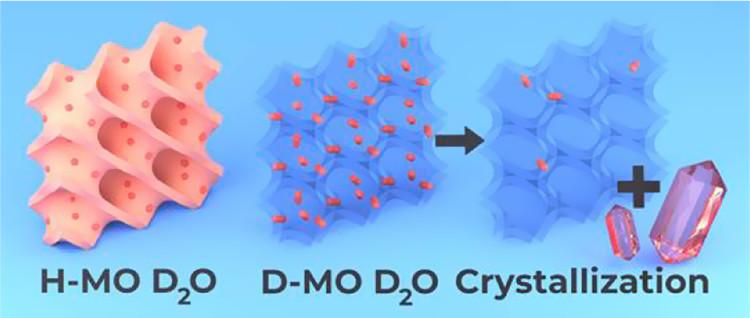
Langmuir 2019, 35, 25, 8344-8356
|
- NDF has recently expanded the capacity to delivery this molecule by developing a purification technique to recover deuterated monoolein from complex sample mixtures used in SANS experiments, allowing it to be recycled again for future use.
Enquiries

Dr Tamim Darwish, Leader NDF
The National Deuteration Facility is partly supported by the National Collaborative Research Infrastructure Strategy – an initiative of the Australian Government.
